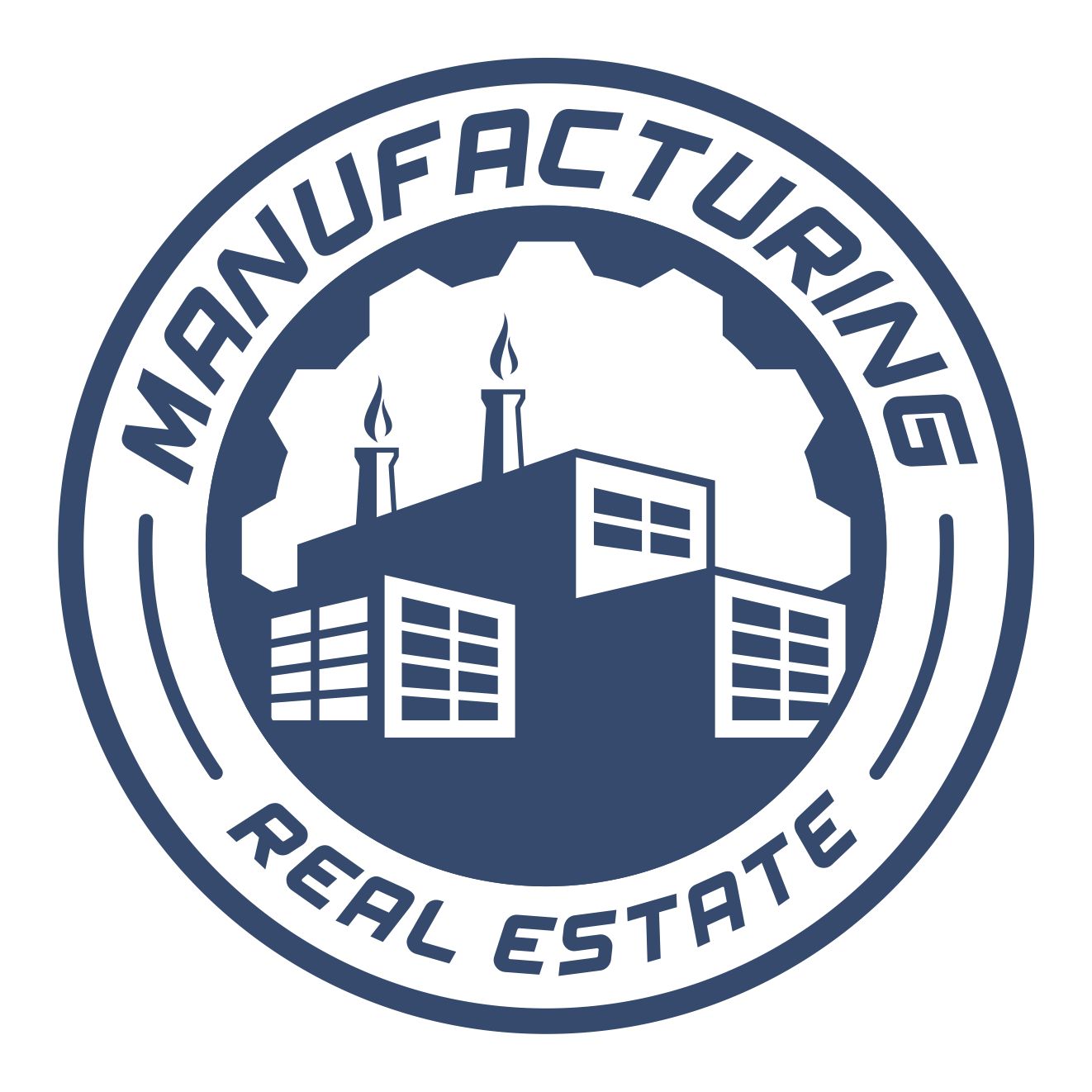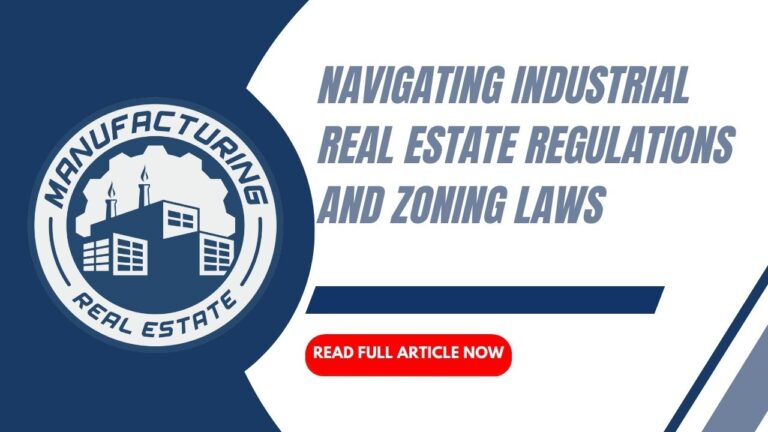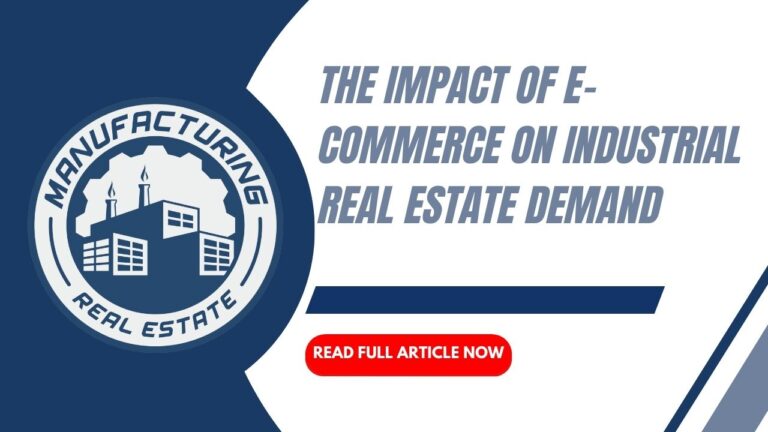When it comes to industrial real estate, the importance of location cannot be overstated. The right location can make or break a business’s success in the industrial sector. Whether you’re a manufacturer, distributor, or logistics provider, choosing the optimal location for your industrial facility is crucial for efficient operations, cost-effectiveness, and accessing key markets. In this blog post, we will delve into the various factors that make location a critical consideration in industrial real estate and discuss the impact it has on businesses in the sector.
- Proximity to Transportation Hubs
One of the primary factors to consider when selecting an industrial location is its proximity to transportation hubs. Industrial businesses rely on efficient transportation networks to move raw materials, finished goods, and supplies. Access to highways, rail lines, ports, and airports can significantly impact transportation costs, supply chain efficiency, and delivery times. Being located close to these transportation hubs reduces transit times, streamlines logistics operations, and improves overall connectivity to domestic and international markets.
- Supply Chain Efficiency
An optimal location in industrial real estate can lead to improved supply chain efficiency. Businesses in the industrial sector often require timely access to suppliers, vendors, and customers. Being situated in a location that allows for easy access to key stakeholders in the supply chain can minimize lead times, reduce transportation costs, and enhance responsiveness. A well-placed industrial facility can facilitate just-in-time manufacturing, efficient inventory management, and seamless coordination with suppliers and customers, resulting in streamlined operations and improved customer satisfaction.
- Access to Labor Pool
Another crucial aspect of location in industrial real estate is access to a skilled labor pool. Industrial operations often require a workforce with specific skills and expertise, such as machine operators, technicians, and logistics personnel. Choosing a location with a nearby pool of qualified workers can help businesses recruit and retain talent, reduce recruitment costs, and ensure the availability of skilled labor. Proximity to educational institutions, vocational training centers, and population centers with a diverse labor market can provide a competitive advantage in the industrial sector.
- Market Proximity
The proximity to key markets is a critical consideration for businesses in industrial real estate. Being located near major population centers or target markets can provide several advantages. It reduces transportation costs and lead times for delivering goods to customers, enables faster response to market demands, and enhances customer service by facilitating prompt deliveries. Additionally, being in close proximity to target markets allows businesses to better understand local market dynamics, consumer preferences, and emerging trends, enabling them to tailor their products and services more effectively.
- Infrastructure and Utilities
Industrial operations require access to reliable infrastructure and utilities. The availability of essential services such as electricity, water, gas, telecommunications, and broadband internet is crucial for smooth operations. Choosing a location with reliable infrastructure minimizes the risk of service interruptions and ensures uninterrupted production or distribution activities. Additionally, infrastructure factors such as road networks, wastewater management, and waste disposal facilities should be considered when evaluating a location’s suitability for industrial real estate.
- Regulatory and Zoning Considerations
Understanding local regulations and zoning restrictions is essential when selecting an industrial location. Different jurisdictions may have specific regulations related to noise, emissions, environmental impact, safety, and zoning classifications for industrial properties. It is crucial to ensure that the intended use of the property aligns with local regulations and zoning requirements to avoid potential conflicts or legal issues in the future. Consulting with local authorities and legal experts can help businesses navigate regulatory complexities and ensure compliance.
- Cost Considerations
While it is important to consider the factors mentioned above, cost considerations cannot be overlooked when evaluating industrial real estate locations. The cost of land, construction, utilities, taxes, and labor can vary significantly depending on the location. It is crucial to conduct a comprehensive cost analysis and consider the long-term financial implications of the chosen location. Factors such as property taxes, utility costs, labor wages, and incentives offered by local governments or economic development agencies should be taken into account to make an informed decision.
In the world of industrial real estate, location is a key determinant of success. The right location can provide businesses with access to transportation networks, supply chain efficiency, a skilled labor pool, proximity to markets, reliable infrastructure, and compliance with local regulations. Careful consideration of these factors and conducting thorough research is vital when selecting an industrial location. Choosing the optimal location aligns the industrial facility with the needs of the business, enhances operational efficiency, and positions the business for growth and success in the competitive industrial sector.




